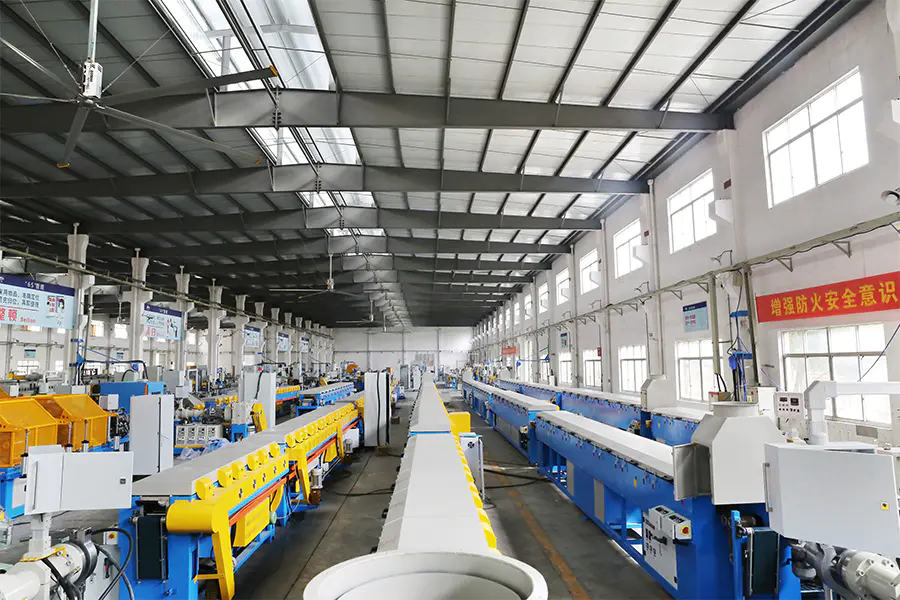Essential Production Requirements for a Rubber Hose Production Line
Rubber hoses are used in a wide range of applications, including automotive systems, industrial machinery, agriculture, construction, and household equipment. The production of high-quality rubber hoses depends not only on the formulation of the rubber compound but also on the effectiveness of the entire production line. A well-structured rubber hose production line must meet several requirements to ensure product consistency, safety, and efficiency.

The foundation of rubber hose production is the rubber compound, which must be consistent in quality and suitable for the intended hose application. Common rubber materials used include EPDM, NBR, SBR, and silicone rubber, selected based on requirements such as heat resistance, oil resistance, or flexibility.
Production requirements at this stage include:
Proper Storage Conditions: Raw rubber and chemical additives must be stored in a temperature- and humidity-controlled environment to prevent degradation.
Accurate Compounding: Rubber formulation must be carefully measured and mixed using an internal mixer or two-roll mill to ensure uniform distribution of ingredients.
Maintaining a stable supply of quality compounds directly affects the physical properties and durability of the final hose product.
The core of the production line is the rubber extruder, which shapes the rubber compound into a hose form. The extrusion process must ensure dimensional precision and smooth surface finish.
Key production requirements include:
Consistent Temperature and Pressure Control: The extruder must maintain steady barrel and die temperatures, as variations can affect hose thickness and bonding quality.
Die Design Accuracy: The extrusion die must be tailored to the hose diameter and profile specifications, tolerance deviation.
Screw Design and Speed: Proper screw geometry and adjustable speed ensure uniform material flow, preventing issues such as air entrapment or irregular wall thickness.
The extruder should be regularly maintained and calibrated to prevent process variations.
For reinforced hoses, especially in automotive or hydraulic applications, a mandrel or braiding unit is necessary to provide additional structural strength. These systems must be precisely aligned and synchronized with the extrusion process.
Production requirements include:
Accurate Braiding Tension Control: The yarn or fiber braiding must be applied with uniform tension to maintain consistent reinforcement.
Mandrel Insertion Systems: In mandrel-based hose production, the insertion must be accurate and properly lubricated to avoid deformation.
This reinforcement stage must be carefully controlled to ensure the hose meets pressure and bending performance requirements.
Once extruded (and reinforced, if required), the rubber hose must undergo vulcanization, which strengthens the rubber and enhances its elasticity, heat resistance, and aging performance.
Common vulcanization methods include:
Steam Vulcanization in Autoclaves
Hot Air Continuous Vulcanization
Salt Bath or Microwave Vulcanization
Key production requirements at this stage include:
Consistent Temperature and Time Control: Over-curing or under-curing can weaken the hose structure.
Safe Handling Procedures: Proper loading and unloading procedures are needed to avoid damage to the hose before and after curing.
Monitoring of curing parameters is essential for producing hoses with stable mechanical properties.
After vulcanization, the hose needs to be cooled and sized to meet dimensional tolerances.
Cooling Tanks or Spray Systems: Rapid cooling must be applied uniformly along the hose length to stabilize the shape.
Sizing Units or Calibration Tools: These tools ensure the hose meets required internal and external diameters, especially important for tight-fitting hose applications.
Uneven cooling or improper sizing can ovality, warping, or surface imperfections.






 English
English 中文简体
中文简体 русский
русский



